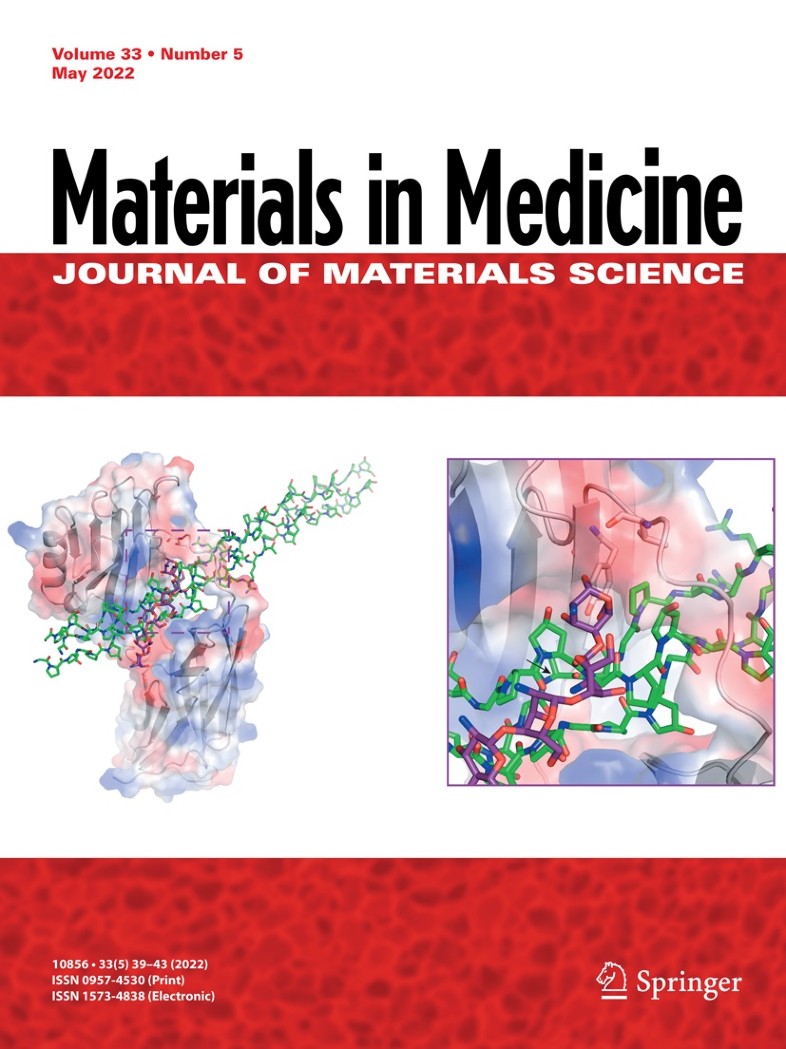Phosphate bioactive glass has been studied for its advanced biodegradability and active ion release capability. Our previous research found that phosphate glass containing (P2O5)–(Na2O)–(TiO2)–(CaO)–(SrO) or (ZnO) showed good biocompatibility with MG63 and hMSCs. This study further investigated the application of 5 mol% zinc oxide or 17.5 mol% strontium oxide in titanium-doped phosphate glass for bone tissue engineering. Ti-Ca-Na-Phosphate glasses, incorporating 5% zinc oxide or 17.5% strontium oxide, were made with melting quenching technology. The pre-osteoblast cell line MC3T3-E1 was cultured for indirect contact tests with graded diluted phosphate glass extractions and for direct contact tests by seeding cells on glass disks. The cell viability and cytotoxicity were analysed in vitro over 7 days. In vivo studies utilized the tibial defect model with or without glass implants. The micro-CT analysis was performed after surgery and then at 2, 6, and 12 weeks. Extractions from both zinc and strontium phosphate glasses showed no negative impact on MC3T3-E1 cell viability. Notably, non-diluted Zn-Ti-Ca-Na-phosphate glass extracts significantly increased cell viability by 116.8% (P < 0.01). Furthermore, MC3T3-E1 cells cultured with phosphate glass disks exhibited no increase in LDH release compared with the control group. Micro-CT images revealed that, over 12 weeks, both zinc-doped and strontium-doped phosphate glasses demonstrated good bone incorporation and longevity compared to the no-implant control. Titanium-doped phosphate glasses containing 5 mol% zinc oxide, or 17.5 mol% strontium oxide have promising application potential for bone regeneration research.



